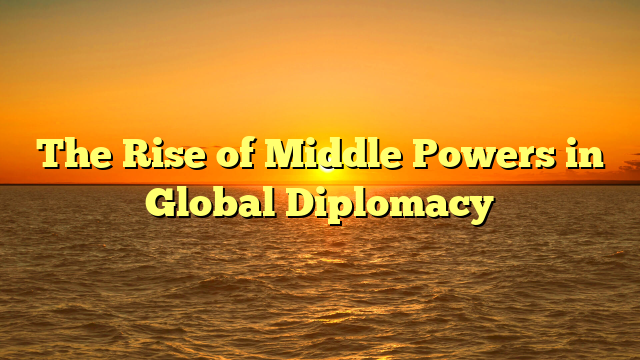As superpower rivalry intensifies, a new class of states — known as “middle powers” — is asserting greater influence on the world stage. Countries like India, Turkey, Brazil, Indonesia, and South Korea are leveraging economic growth, regional diplomacy, and non-alignment to shape global outcomes once dominated slot777 link alternatif by Washington, Beijing, and Moscow.
India’s deft balancing act between the U.S. and Russia exemplifies this trend. New Delhi joins Western-led defense initiatives while buying discounted Russian oil, maintaining autonomy in foreign policy. Similarly, Turkey plays both sides in NATO and the Middle East, using its strategic geography to broker deals.
Brazil under President Lula seeks to revive the “Global South” agenda, pushing for multipolar reform at the UN and G20. Indonesia’s quiet diplomacy has gained respect as a bridge between the Islamic world and ASEAN economies.
Middle powers increasingly use “strategic hedging” — cooperating with multiple blocs without full commitment. Analysts see this as a stabilizing factor amid growing polarization. However, skeptics argue it risks moral ambiguity and inconsistent alliances.
These nations are also driving climate diplomacy and digital regulation, advocating for fairer trade and technology transfer. Their rise signals a world less hierarchical and more negotiated.
In a century defined by competition between giants, the agility of middle powers may determine whether global politics descends into confrontation — or evolves toward pragmatic coexistence.
